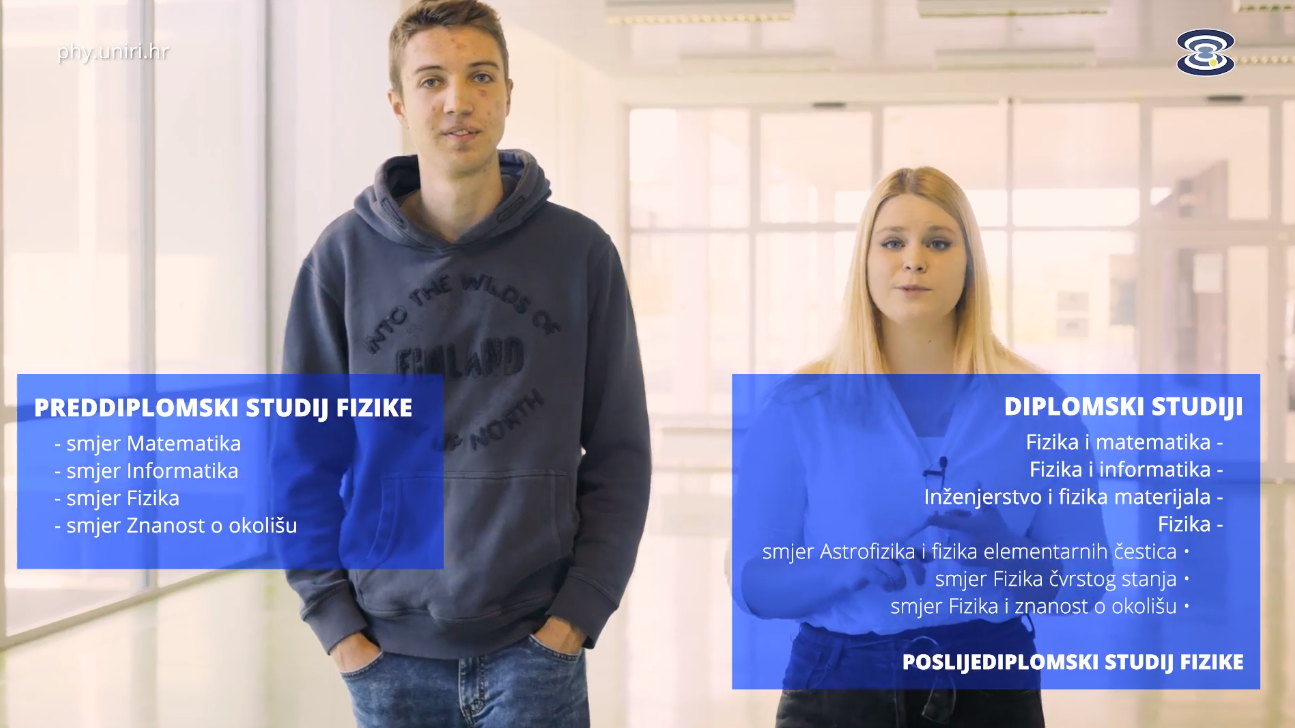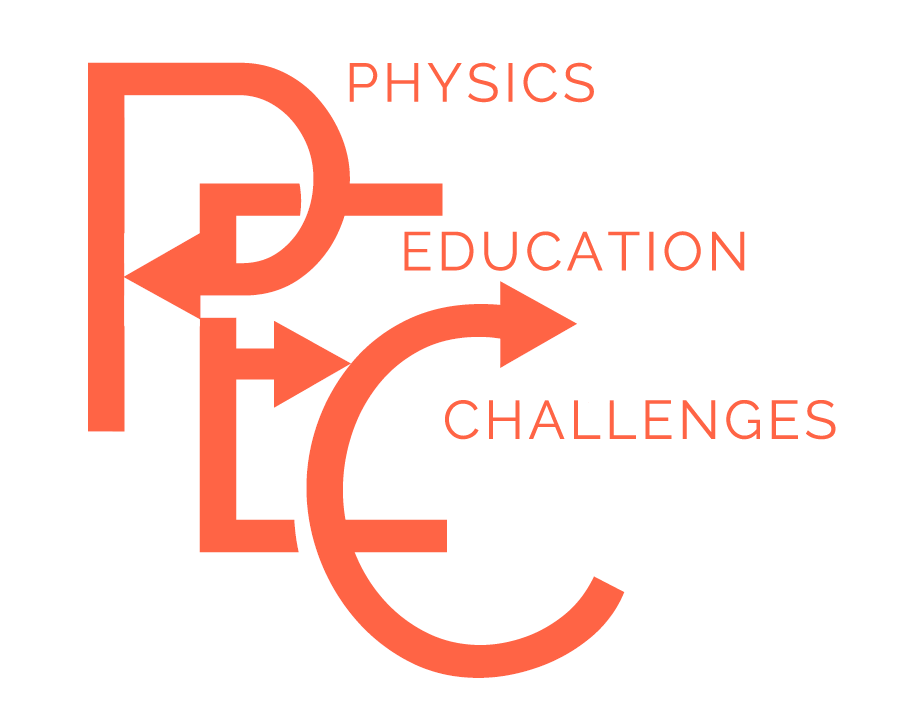HRZZ projekti
NPOO projekt
Seminar
And Now for Something completely different: exploring interstellar magnetic fields in the Milky Way
Dr. sc. Andrea Bracco
Irfu-CEA/Saclay, Francuska
Mjesto i vrijeme:
Srijeda, 30. studeni 2016. u 13:00 sati
Predavaona O-153
Sveučilišni Kampus na Trsatu
Radmile Matejčić 2
51000 Rijeka
Sažetak:
What would you say if you were asked: "What is the Milky Way made of?" Most likely, and reasonably, "stars" would be the answer. However, not only stars are just one facet of the Galactic content but modern astrophysics also struggles in explaining the details of their formation process. In order to gain insights into this problem it is key to study the physics of the outer space that fills the Galaxy between stars, which is called interstellar medium.
The interstellar medium is a plasma made of cosmic rays, multiphase gas, and dust particles, all tightly coupled with magnetic fields. It is through their interactions that a complex cycle, involving gravity, several phase transitions, and magneto-hydrodynamic turbulence, leads diffuse/warm matter to condense into denser/colder regions, where stars eventually form. However, the detailed processes of this matter cycle are still unclear. For decades, one of the most difficult challenges of astrophysical observations has been the characterization of magnetic fields along this evolutionary sequence.
Today, thanks to the technological breakthrough of new experiments, such as the ESA-Planck satellite, we are now entering a new era to probe the magnetic properties of the interstellar medium.
I will conclude my talk with interesting perspectives for the future to study the magnetic properties of the Milky Way by combining multiple probes of the interstellar medium with existing and upcoming experiments, such as Planck, LOFAR, and SKA.
"Eruptivni procesi u Sunčevoj koroni i njihovo širenje heliosferom"
Dr. sc. Tomislav Žic
Opservatorij Hvar, Geodetski fakultet Sveučilišta u Zagrebu
Mjesto i vrijeme:
Srijeda, 25. svibnja 2016. u 12:00 sati
Predavaona O-153
Sveučilišni Kampus na Trsatu
Radmile Matejčić 2
51000 Rijeka
Sažetak:
Eruptivni procesi u Sunčevoj atmosferi imaju veliki utjecaj na stanje heliosfere i Zemljina svemirskog okoliša. Koronin izbačaj predstavlja eruptivnu promjenu globalnog magnetskog polja korone. U početnoj fazi dolazi do gubitka ravnoteže magnetskog ustrojstva korone usidrenog u tromoj fotosferi. Stabilnost strukture ovisi o količini energije uskladištene u magnetskom polju, a erupciju pokreće Lorentzova sila. Bitan činitelj u razvoju nestabilnosti predstavlja sačuvanje magnetskog toka i induktivni efekti. Koronini izbačaji mogu uzrokovati globalne poremećaje koji se opažaju u obliku EUV valova u koroni ili kao kromosferski Moretonovi valovi. Lorentzova sila slabi s udaljenošću zbog induktivitetnih efekata i vodeću ulogu preuzima magnetohidrodinamički (MHD) otpor koji je posljedica nesudarnog međudjelovanja izbačaja s okolinom, tj. izmjene količine gibanja i kinetičke energije između Sunčevog vjetra i izbačaja MHD valovima bez disipacijskih procesa. Prikazat će se procesi nastanka gubitka ravnoteže, opisati popratne pojave, te objasniti heliosferska dinamika koroninih izbačaja i pripadni modeli, s ciljem poboljšanja točnosti.
"NANOBLENDS BASED ON EPOXY RESIN AND STYRENIC BLOCK COPOLYMERS: STRUCTURE-PROPERTIES CORRELATION"
Prof. Rameshwara Adhikarija
Central Department of Chemistry, Tribhuvan University, Kirtipur, Kathmandu, Nepal
Mjesto i vrijeme:
Ponedjeljak, 23. svibnja 2016. u 15:00 sati
Predavaona O-152
Sveučilišni Kampus na Trsatu
Radmile Matejčić 2
51000 Rijeka
Sažetak:
The effective uses of epoxy resins, important class of thermosets having several technical applications, are limited by their inherent brittleness. Thus, many works have been carried out to improve their physical properties, mainly through the incorporation of flexible elastomeric domains within the brittle epoxy network. One of such ways includes the toughness modification of the resins through the addition of the block copolymers. The latter induces nanostructured morphology in the resin. In this work, we investigate the binary blends of a star shaped polystyrene-block-polybutadiene-block-polystyrene (SBS) triblock copolymer with epoxy resin, (diglycidyl ether of bisphenol-A; DGEBA), in presence of methylene dianiline (MDA) as hardener. The copolymers were epoxidized by using meta-chloroperoxybenzoic acid (MCPBA).
The interplay between macro- and microphase separation was found to occur in those blends depending upon the degree of epoxidation of the block copolymer. The presence of nanostructured morphology was attested by the optical transparency of the blends as well as of the composites with nanofiller. Consequently, the mechanical properties of the blends could be adjusted by controlling the degree of epoxidation and amount of the block copolymer used to prepare the blends. A brittle to ductile transition was observed in the copolymer modified epoxy resin. The correlation between morphology and micromechanical deformation behavior of the materials will be presented.
"Što je masa nestabilne čestice?"
Dr. sc. Branimir Zauner
Mjesto i vrijeme:
Srijeda, 30. ožujka 2016. u 12:00 sati
Predavaona O-153
Sveučilišni Kampus na Trsatu
Radmile Matejčić 2
51000 Rijeka
Sažetak:
"Testiranje modela hadronskih međudjelovanja procjenom udjela miona u atmosferskim pljuskovima kozmičkog zračenja najviših energija opaženim opservatorijem Pierre Auger"
Dr. sc. Saša Mićanović
Institut Ruđer Bošković
Mjesto i vrijeme:
Srijeda, 9. ožujka 2016. u 12:00 sati
Predavaona O-153
Sveučilišni Kampus na Trsatu
Radmile Matejčić 2
51000 Rijeka
Sažetak:
Nakon kratkog pregleda svog dosadašnjeg znanstvenog rada, dr. sc. Saša Mićanović predstavlja rezultate opažanja najvećeg svjetskog opservatorija za istraživanje kozmičkog zračenja najviših energija (UHECR), Pierre Auger-a u Argentini. Među glavnim postignućima tog jedinstvenog hibridnog eksperimenta ističu se potvrda postojanja GZK potisnuća (po znanstvenicima Greisenu, Zatsepinu i Kuzminu) u toku ovih čestica najviših energija dosad zabilježenih u prirodi, te naznake njihovog mogućeg sastava.
Fokus izlaganja je upravo na određivanju sastava UHECR-a putem mjerenja površinskim detektorima (SD) opservatorija Pierre Auger, te se u tu svrhu predstavlja metoda procjene udjela miona u opaženom signalu atmosferskih pljuskova čestica. Mionski udio je osjetljiv na razvoj pljuska u Zemljinoj atmosferi, te time posjeduje sposobnost ukazati i na samu vrstu primarnih čestica kozmičkog zračenja koji taj pljusak pokreću.
Kako interpretacija opažanja u pogledu vrste primarnih čestica UHECR-a uključuje predviđanja modela hadronskih međudjelovanja, pokazuje se da ovom metodom procijenjeni udio miona iz mjerenja SD-om ukazuje na već prije uočeni manjak u simulacijama u odnosu na mjerenja. Manjak miona se među nekoliko testiranih najizraženije očituje kod modela QGSJetII, gdje je njegovo predviđanje količine mionskog signala za protone kao primarne čestice UHECR-a gotovo upola manje u odnosu na procjenu dobivenu na osnovu podataka mjerenja opservatorija Pierre Auger.
Kontakt
FAKULTET ZA FIZIKU
Ulica Radmile Matejčić 2
51000 Rijeka
Tel.: +385 51 584 600
Fax: +385 51 584 649
E-mail: fizika@phy.uniri.hr
Uredovno vrijeme
Za kontakt molimo nazvati:
- Ured dekana na br. 584-600 (O-010)
- Ured prodekanice na br. 584-607 (O-115)
- Ured ISVU koordinatora na br. 584-624 (O-014)





































